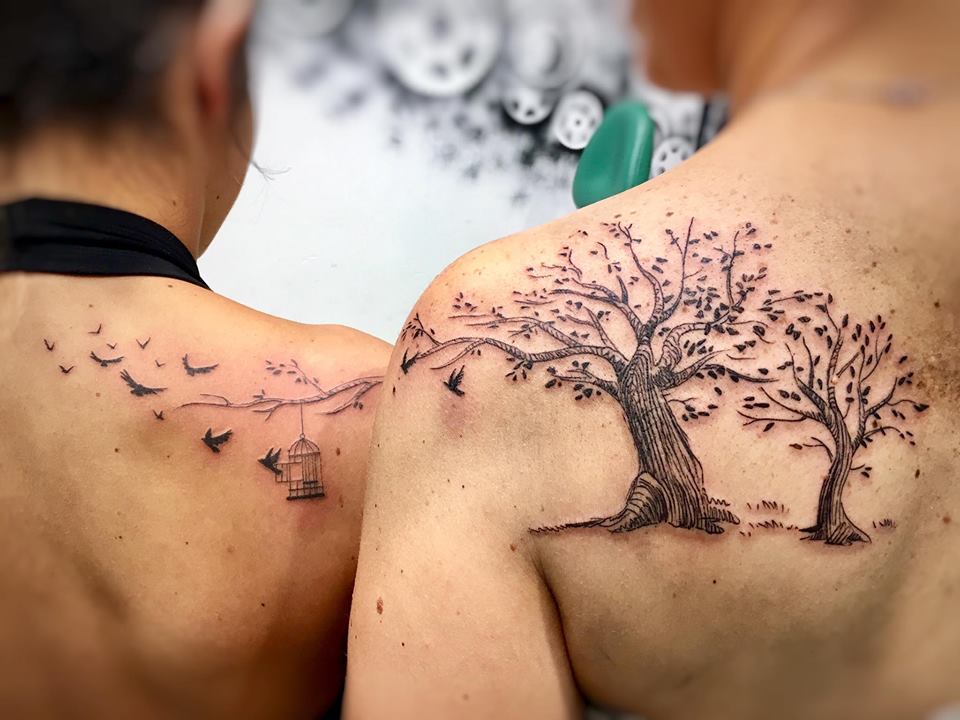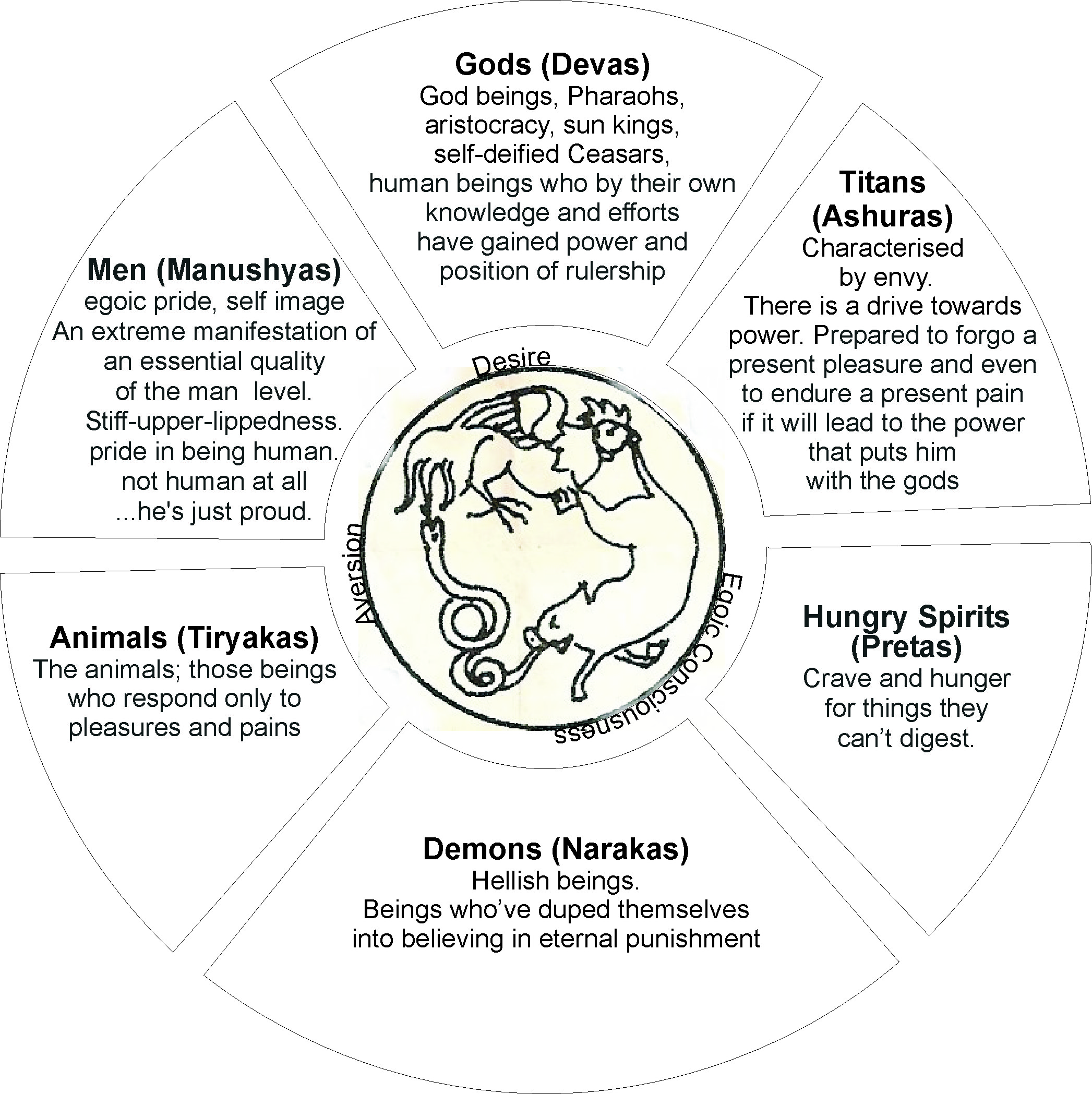

Perhaps Kermode’s conclusion that Judgment Day is only a literary device was true until it wasn’t. Without that fundamental revolt, science is what the American journalist Chris Hedges called it: “the handmaiden to barbarity.” Where is that mea culpa? If science and technology wanted to stop climate change, they could do so tomorrow by ceasing to aid and abet the technocrats and plutocrats. And indeed science should understand our crisis of life, since it played a major role in creating that crisis in the first place.

Unhappily, our present political and environmental crises offer reasons to rethink Kermode’s conclusions about “endings.” Rather than being a mere religious delusion easily debunked by science or simply laughed away, our sense that the biosphere is dying has science’s imprimatur on it. Literary critic Frank Kermode would later claim that art like The Day of the Locust was the result of the “apocalyptic imagination.” In his book The Sense of an Ending, Kermode argues that while apocalypse may have its uses in novels (which require beginnings, middles, and endings), it should not be mistaken for reality: witness the long history of “doomsday cults” and their failed prophecies. (“This fire is happening to you, too, mate!”) Since this is now our common condition, clinging for our lives on the edge of whatever continent we happen to be on, can anything we do be too radical? Too close to the radix, the root? It is a vision that speaks to us now-choking on 12 million acres burning in Australia, gentle koalas dropping dead from the eucalyptus trees-not as a foreboding but as reality. Hackett’s painting is a description of the nation on fire and beyond that, the world. The Angelenos would be first, but their comrades all over the country would follow.

He changed “pick of America’s madmen” to “cream” and felt almost certain that the milk from which it had been skimmed was just as rich in violence. Maybe they were only the pick of America’s madmen and not at all typical of the rest of the land. Maybe they weren’t really desperate enough to set a single city on fire, let alone the whole country. He wondered if he weren’t exaggerating the importance of the people who come to California to die. In Nathanael West’s 1939 novel The Day of the Locust, his artist-protagonist Tod Hackett considers the meaning of a painting he is planning, “The Burning of Los Angeles”: We are, in the language of existentialism, “beings-toward-death,” creatures of dread. Of course, apocalyptic angst is nothing new. We fear that we are in the process of committing collective suicide and that it may already be too late to do anything about it. Together, they create a menace that is unique in the evolution of living things. They are our version of the four horsemen of the Apocalypse. Given the threats of environmental collapse, surging white nationalism, militarism, and heedless corporate capitalism, it is understandable if we think that our moment holds an ultimacy.


 0 kommentar(er)
0 kommentar(er)
